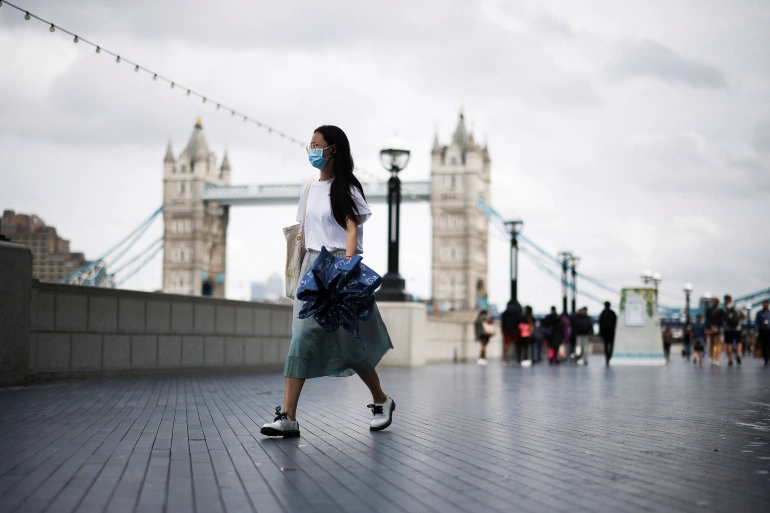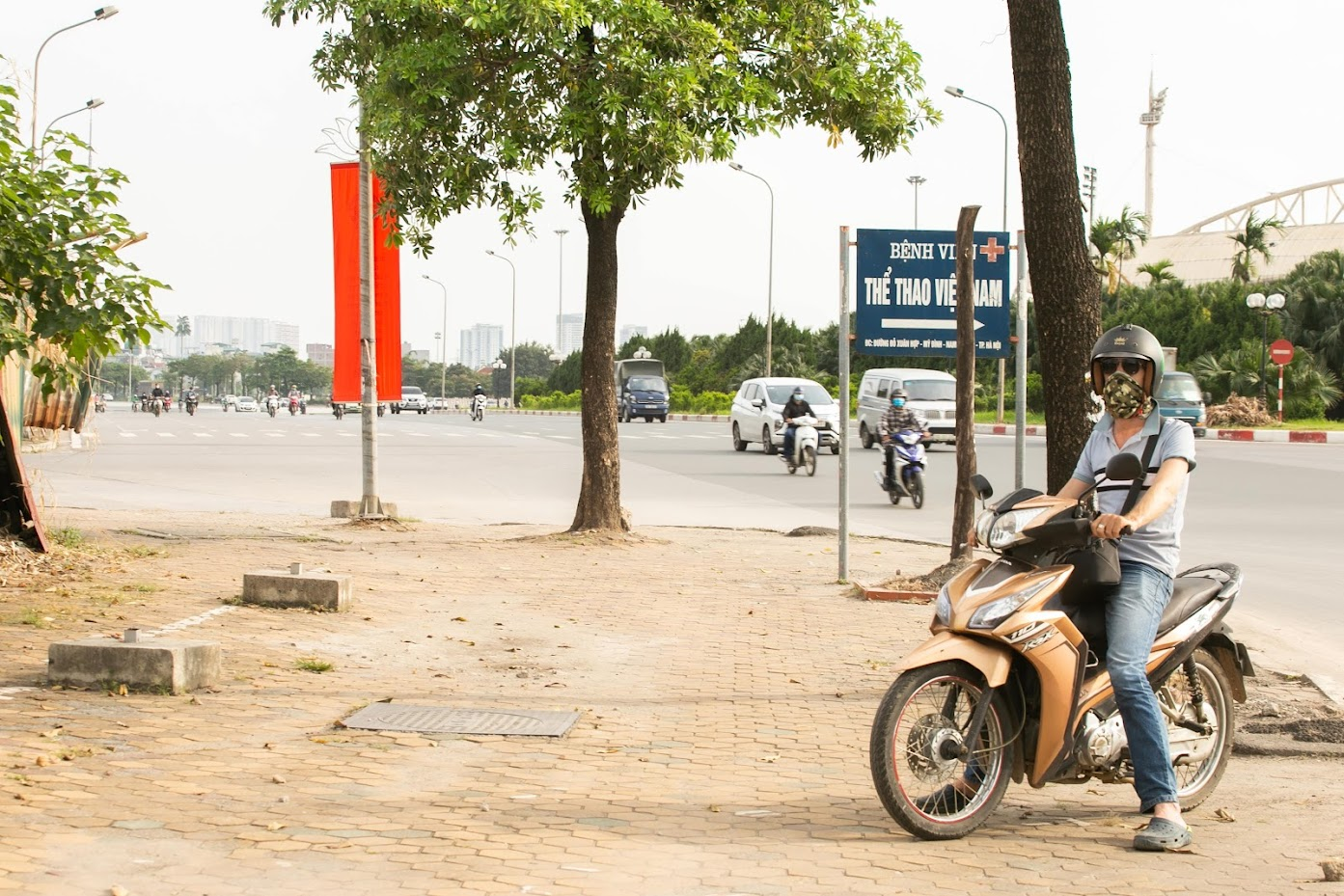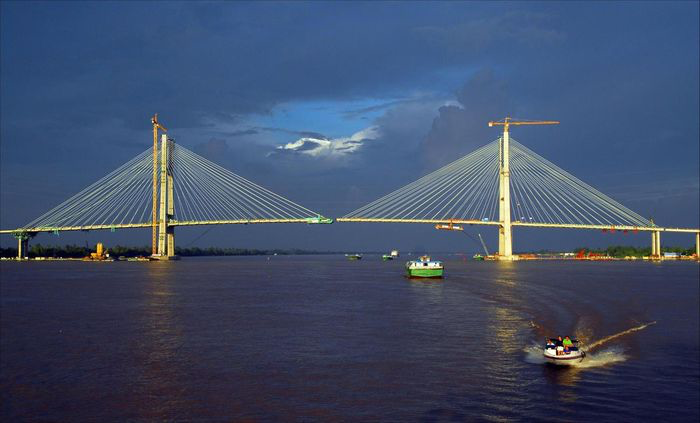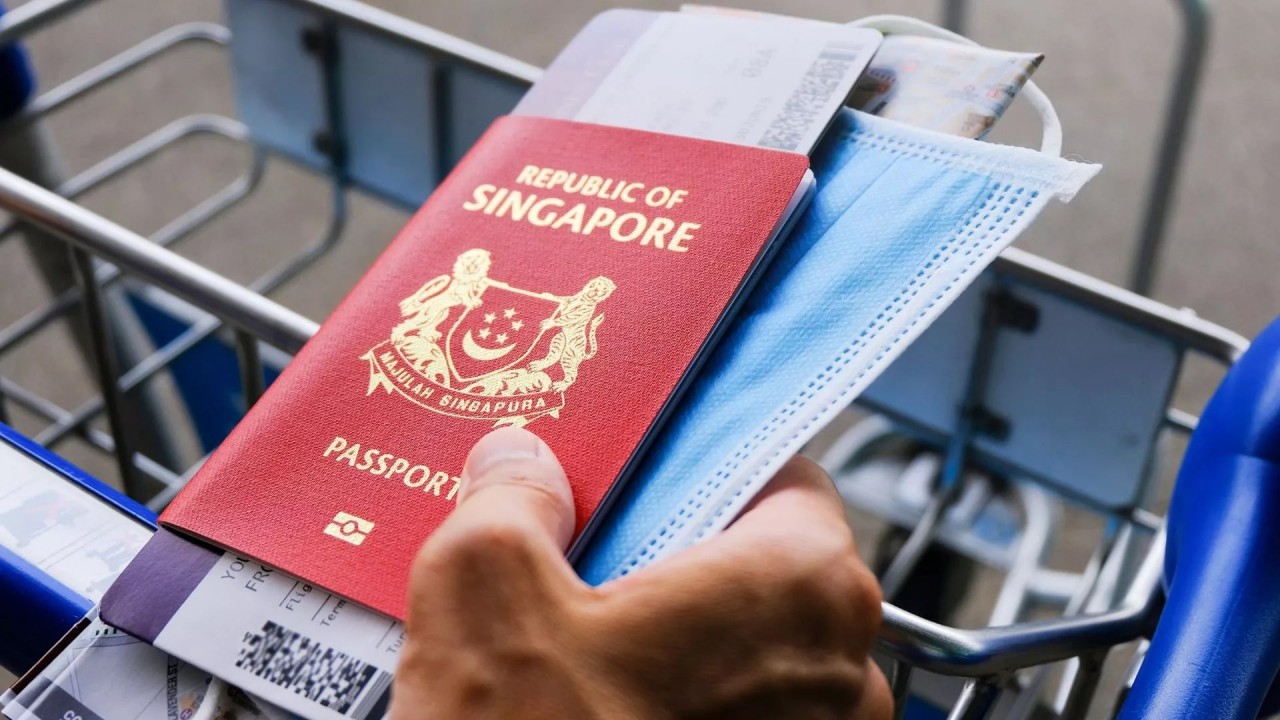Gorgeous Palaces Around The World For Luxury Loving Travelers
| England Scraps Quarantine for Fully Vaccinated EU, US Visitors | |
| Russian Man Spends 6 Years Traveling Across Vietnam by Motorbike | |
| Unique Architectural Works Throughout Vietnam |
Dolmabahçe Palace, Turkey’s Biggest Palace
Dolmabahçe Palace (Dolmabahçe Sarayı), Turkey’s largest mono-block palace, was commissioned by Sultan Abdül Mecit in 1843.
Built to belie the military and financial decline of the Ottoman Empire, Istanbul’s first European-style palace was an opulent one, excessive in size and filled with gold and crystal.
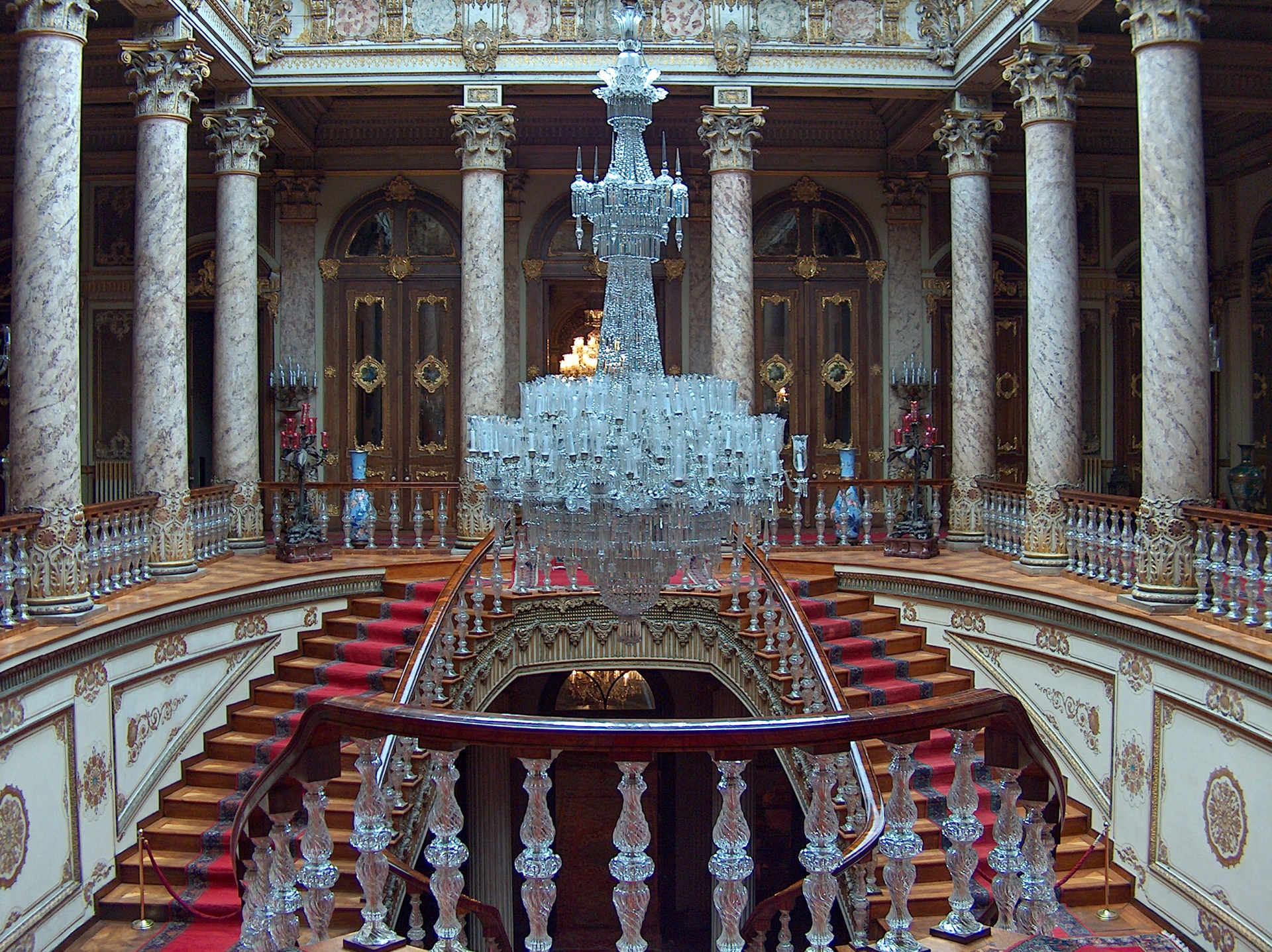 |
| Photo: Istanbul |
The true reason behind the construction of Dolmabahçe Palace was to cover up that the Ottoman Empire was in decline. Therefore, the new palace had to be lavishly decorated to impress the world. It also had to break with the Ottoman tradition of constructing a series of pavilions, so he ordered the leading Ottoman architect Garabet Baylan and his son Nigoğayos to build a mono-block Ottoman-European palace. The construction began in 1843 and was finished in 1856.
The result is a two-floor palace, covering an area of 45.000 m², containing 285 rooms, 44 halls, 68 toilets and 6 baths (hamam). The design is a mixture of Baroque, Rococo, Neo-Classic and traditional Ottoman art and culture. Fourteen tons of gold were used to gild the ceilings. It also has the largest collection of Bohemian and Baccarat crystal chandeliers in the world. The price tag for all this: a staggering five million Ottoman gold coins, the current equivalent of 35 tons of gold.
The Palace of Versailles
The Palace of Versailles has been listed as a World Heritage Site for 30 years and is one of the greatest achievements in French 17th century art. Louis XIII's old hunting pavilion was transformed and extended by his son, Louis XIV, when he installed the Court and government there in 1682. A succession of kings continued to embellish the Palace up until the French Revolution.
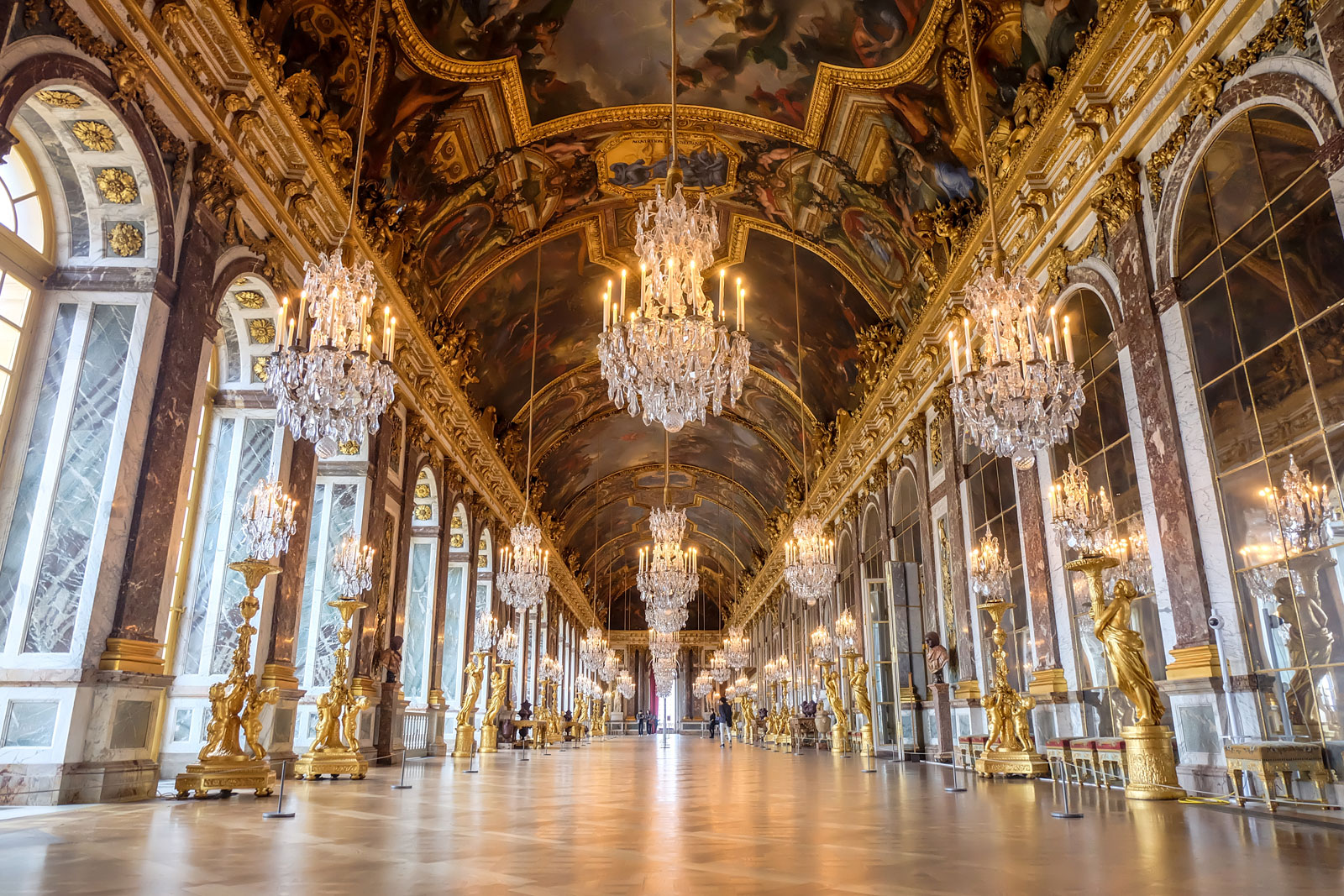 |
| Photo: Britannica |
Today the Palace contains 2,300 rooms spread over 63,154 m2.
The Palace of Versailles never played the protective role of a medieval stronghold. Beginning in the Renaissance period, the term "chateau" was used to refer to the rural location of a luxurious residence, as opposed to an urban palace. It was thus common to speak of the Louvre "Palais” in the heart of Paris, and the "Château” of Versailles out in the country. Versailles was only a village at the time. It was destroyed in 1673 to make way for the new town Louis XIV wished to create. Currently the centrepiece of Versailles urban planning, the Palace now seems a far cry from the countryside residence it once was. Nevertheless, the garden end on the west side of the Estate of Versailles is still adjoined by woods and agriculture.
Buckingham Palace
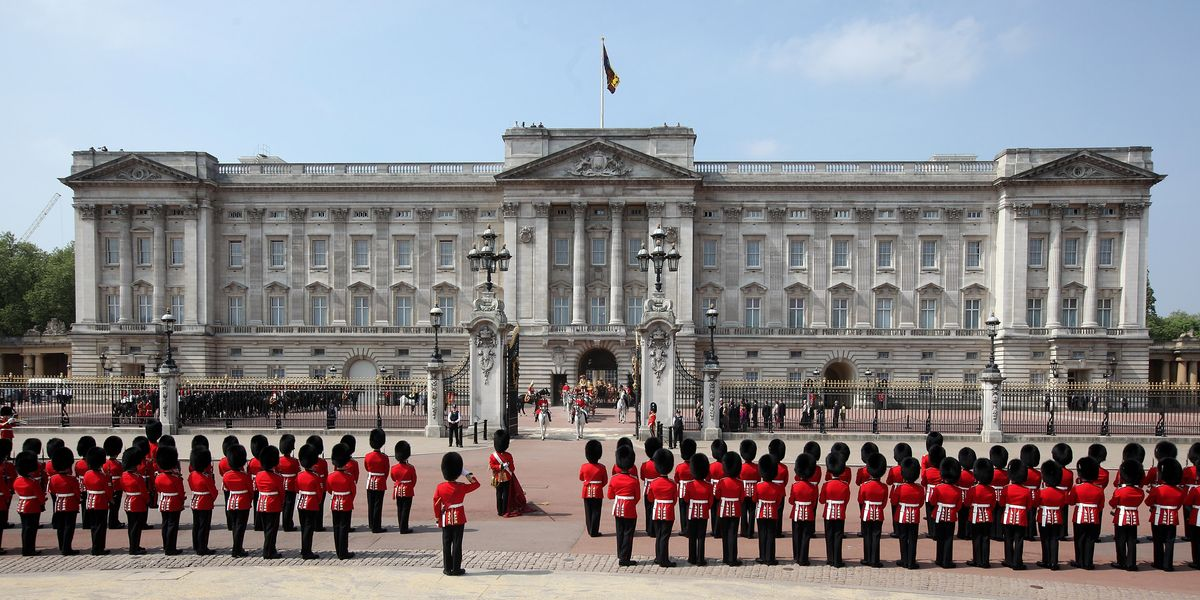 |
| Photo: Getty Images |
Buckingham Palace, palace and London residence of the British sovereign. It is situated within the borough of Westminster. The palace takes its name from the house built (c. 1705) for John Sheffield, duke of Buckingham. It was bought in 1762 by George III for his wife, Queen Charlotte, and became known as the queen’s house. By order of George IV, John Nash initiated the conversion of the house into a palace in the 1820s. Nash also reshaped the Buckingham Palace Gardens and designed the Marble Arch entryway, which was later removed (1851) to the northeast corner of Hyde Park. The Mall front, or Fore Court (east side), was expanded in 1847 by Edward Blore and redesigned in 1913 by Sir Aston Webb as a background for the Queen Victoria Memorial statue. Nash’s garden front (west side) remains virtually unchanged. Victoria was the first sovereign to live there (from 1837).
Within the palace the Queen’s Gallery exhibits works from the royal art collection, including Fabergé eggs and drawings by Leonardo da Vinci. The changing of the guard takes place regularly (generally every morning from May through July and every other morning during the rest of the year), but the royal standard is flown over the palace only when the sovereign is in residence. Traditionally closed to the public, the State Rooms of the palace were opened to tourists during August and September in the mid-1990s in order to finance repairs to Windsor Castle, which was damaged by fire in 1992.
The Venaria Palace
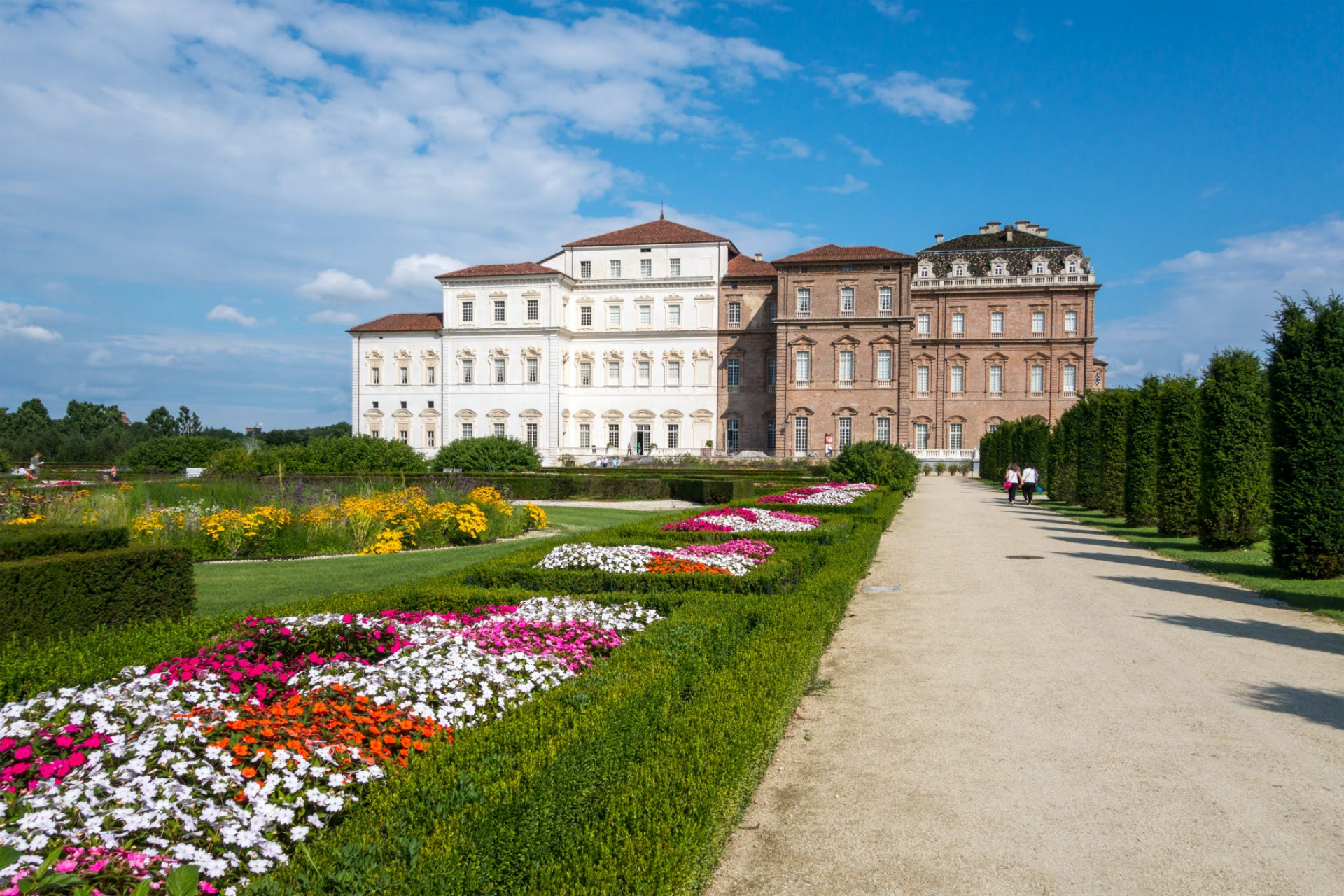 |
| Photo: Lonely Planet |
One of Italy's Top Five Tourist Attractions is in Turin. The Venaria Palace is a really remarkable place, perhaps even bigger and more impressive than the Palace of Versailles.
It is quite incredible how hardly anyone outside of Italy has even heard of this amazing palace.
Currently most of the nearly one million tourists who visit the palace each year come from Italy.
Venaria's Palace was built in the 17th century for Charles Emmanuel 11, one of the Savoy kings. The idea was twofold, firstly to build a Palace that would serve as a legacy to him and the wife and secondly to have a "little" country lodge to use as a base on hunting trips and while away from the city taking in the cleaner airs to the north of Torino.
The Palace only opened for the first time to tourists in 2007, after around twenty years of restoration and a fair bit of the palace is still undergoing restoration work. At one time I thought they would never finish!
This project was one of the largest ever undertaken anywhere in the world, the gardens alone saw nearly 11 million litres of water being added to the artificial lake and 40,000 new plants were brought in to restore the palace's gardens.
Venaria Palace is one of the must-see attractions, not only in Turin, but in Italy. It is rated by most experts ( I'm not one but do agree) as more impressive than the Palace of Versailles.
Istana Negara in Kuala Lumpur
Istana Negara is Malaysia’s National Palace. Built in 1928, it is located along Jalan Istana and the 13-acre castle used to be the official residence of the Yang di-Pertuan Agong (King) of Malaysia. In June 2011, it was replaced by a new, extravagant RM800 million palace near Jalan Duta, Kuala Lumpur.
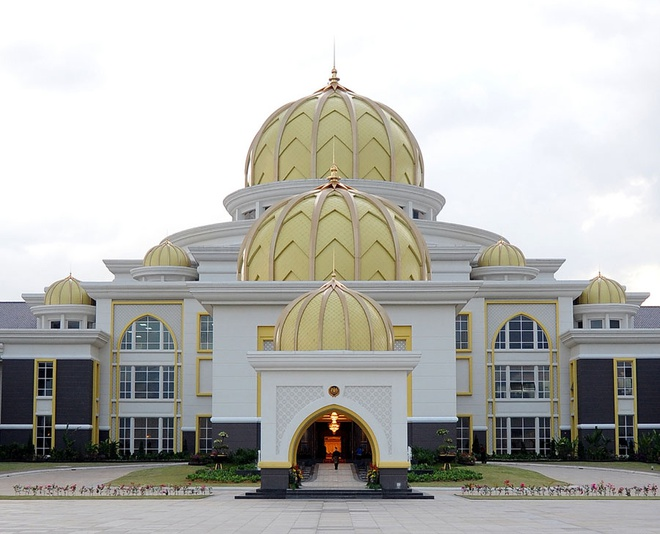 |
| Photo: Getty Images |
The old Istana Negara is situated on a slope in Bukit Petaling overlooking the Klang River, along Jalan Syed Putra. Its grounds are not open to the public, so the Main Palace Entrance is usually the spot where tourists take pictures. Also called The Big House, it was originally a double-storey mansion owned by local Chinese millionaire Chan Wing.
The Istana Negara grounds are spread out over 28-acres – within the compound is a beautiful garden, swimming pool, six-hole golf course, lake, an indoor badminton court and tennis courts. For safety purposes, there is a guard house for members of the Royal Malay Regiment and at the main entrance, similar to Buckingham Palace, are two guard posts on each side of the arch with members of the cavalry in full dress uniform.
Istana Negara is bordered by a wall with the Malaysian coat of arms, featuring the Royal Insignia of His Majesty, placed on the steel bars between each fenced pillar. The cypress and casuarina-lined driveway leads to two entrances – the East Wing and West Wing.
Royal Palace of Madrid
The Royal Palace of Madrid (Spanish: Palacio Real de Madrid) is the official residence of the Spanish royal family at the city of Madrid, although now used only for state ceremonies. The palace has 135,000 m2 (1,450,000 sq ft) of floor space and contains 3,418 rooms. It is the largest functioning royal palace and the largest by floor area in Europe.
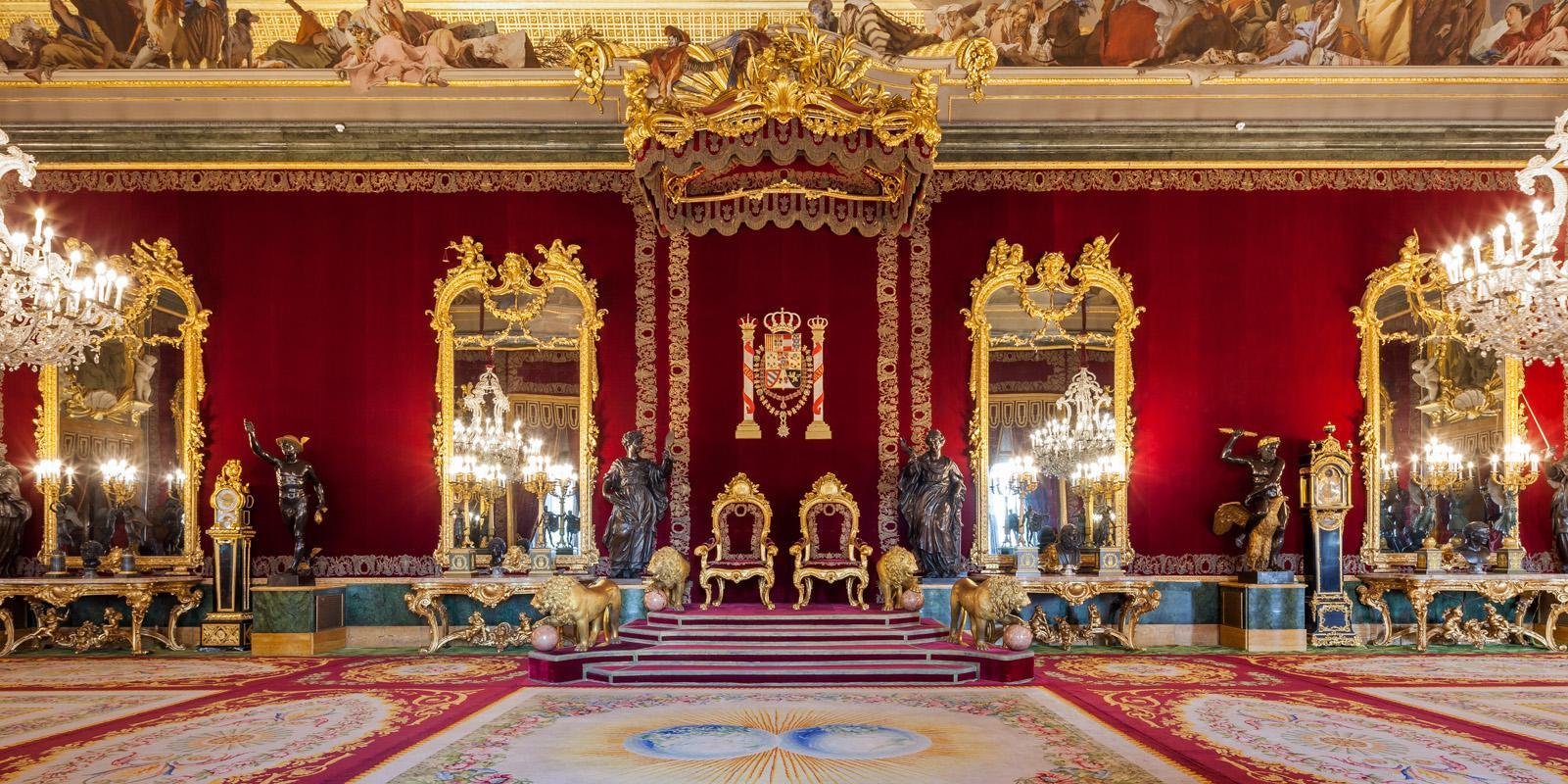 |
| Photo: Patrimonio Nacional |
King Felipe VI and the royal family do not reside in the palace, choosing instead the significantly more modest Palace of Zarzuela on the outskirts of Madrid. The palace is now open to the public, except during state functions, although it is so large that only a selection of the best rooms are on the visitor route at any one time, the route being changed every few months. An admission fee of €13 is charged; however, at some times it is free. The palace is owned by the Spanish state and administered by the Patrimonio Nacional, a public agency of the Ministry of the Presidency. The palace is on Calle de Bailén ("Bailén Street") in the western part of downtown Madrid, east of the Manzanares River, and is accessible from the Ópera metro station.
The Winter Palace
St. Petersburg's most famous building, the Winter Palace not only physically dominates Palace Square and the south embankment of the Neva River, but also plays a central political, symbolic, and cultural role in the three-century history of the city.
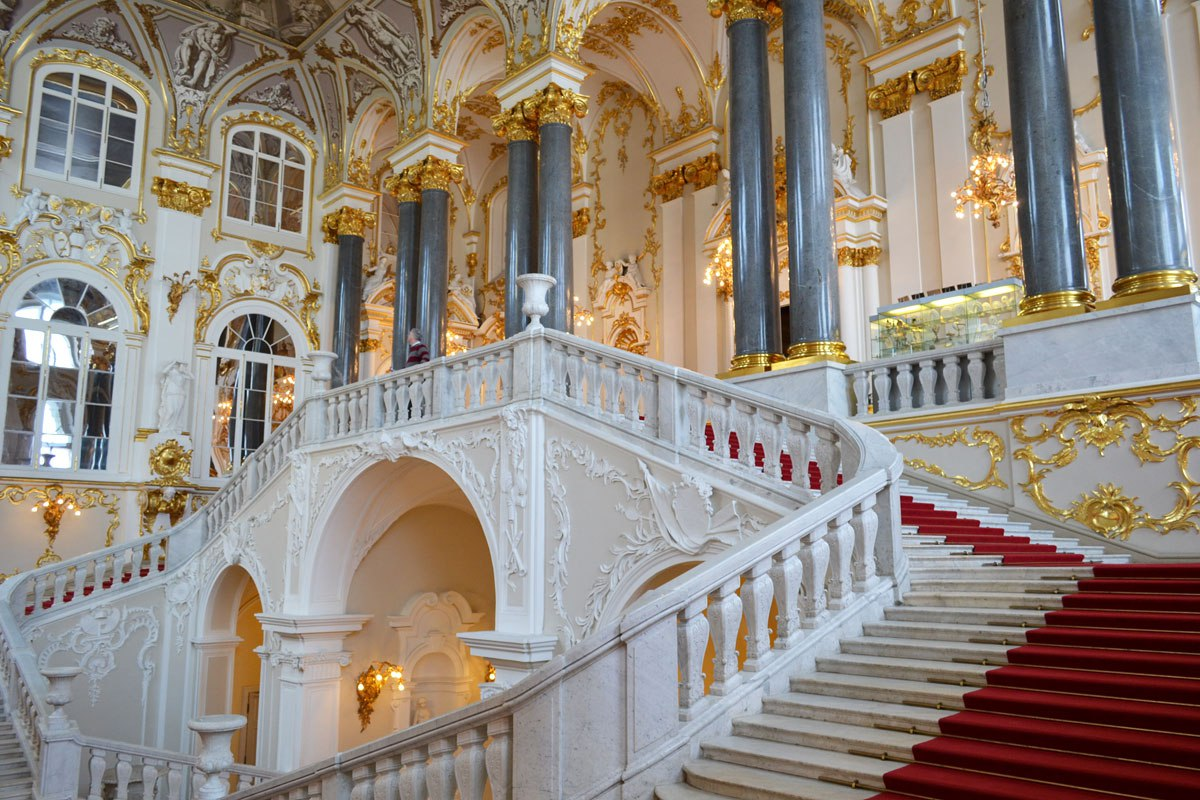 |
| Inside Winter Palace, St Petersburg, Russia |
The first Imperial residence on the site of the Winter Palace was a wooden house in the Dutch style built in 1708 for Peter the Great and his family. This was replaced in 1711 by a stone building, the remains of which formed the foundations of the Hermitage Theatre. Parts of this original palace have now been restored and are open to the public.
The Winter Palace was declared part of the State Hermitage Museum on 17 October 1917. Although initial Bolshevik policy was to remove all Imperial symbols from the palace and use the premises as a museum of the Revolution, the restoration project of the 1940s and 1950s, which followed further extensive damage to the building during the Siege of Leningrad, saw the beginning of an ongoing process to return the Imperial splendor of many of the palace's rooms. The State Rooms of the Winter Palace now form one of the most popular sections of the Hermitage, and are essential viewing for all visitors to St. Petersburg.
Umaid Bhawan Palace
Mumbai, 24 January 2018: Umaid Bhawan Palace, Jodhpur has been named the Best Hotel in India by the world’s largest travel site, TripAdvisor in their coveted annual Travellers’ Choice Awards. The magnificent heritage hotel, which also serves as the residence of the erstwhile Royal Family, was voted number 2 in Asia’s Best Hotels and number 3 in the World’s Best Hotels. The splendid palace has won accolades across nine categories including No. 1 in Service in India.
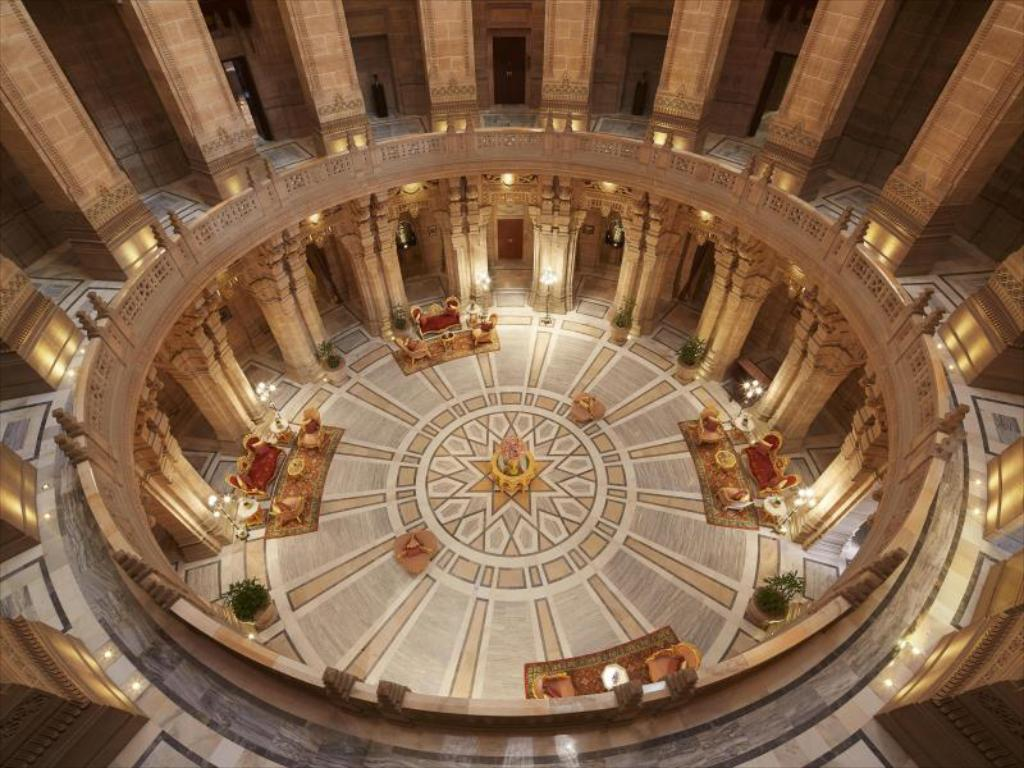 |
| Photo: Agoda |
Umaid Bhawan Palace is the last of India’s great palaces with its expanse of 26 acres making it one of the largest residences in the world. Built between 1929 and 1942, this golden hued monument, made of desert sandstone, designed by the famed Edwardian architect Henry Lanchester and commissioned by H. H. Maharaja Umaid Singh, the grandfather of the present Maharaja of Jodhpur, is a celebration of the Art Deco style on the grandest scale. Once the sole preserve of princes and kings, Umaid Bhawan Palace offers its guests a taste of fine living.
Managed by Taj Hotels Palaces Resorts Safaris since 2005, the royal home was lovingly refurbished by the Taj to blend India’s age-old royal traditions, with influences from local culture. Guests can indulge in a series of signature Taj rituals, stroll through the private museum, dine in the candlelit palace grounds or put their skills to the test on the marbled squash courts. For a taste of the local flavours, visitors have the option to explore the city in a vintage car drive accompanied by their royal butler or go further afield to dine under the starry night sky in the Thar Desert.
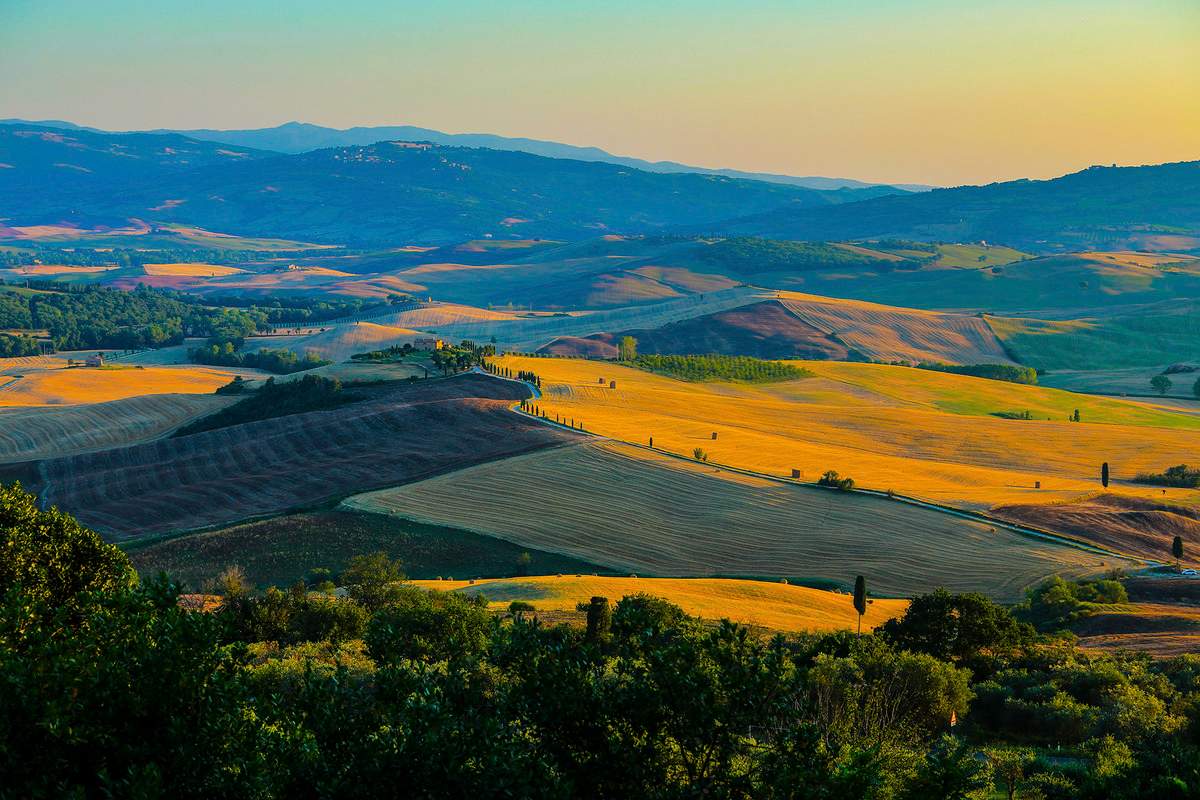 | Alluring and Peaceful Tuscany - "The Forgotten Paradise" of Italy To many people, Tuscany is the romantic images of idyllic hill towns bristling with medieval towers, peaceful low hills and fields of sunflowers, which makes ... |
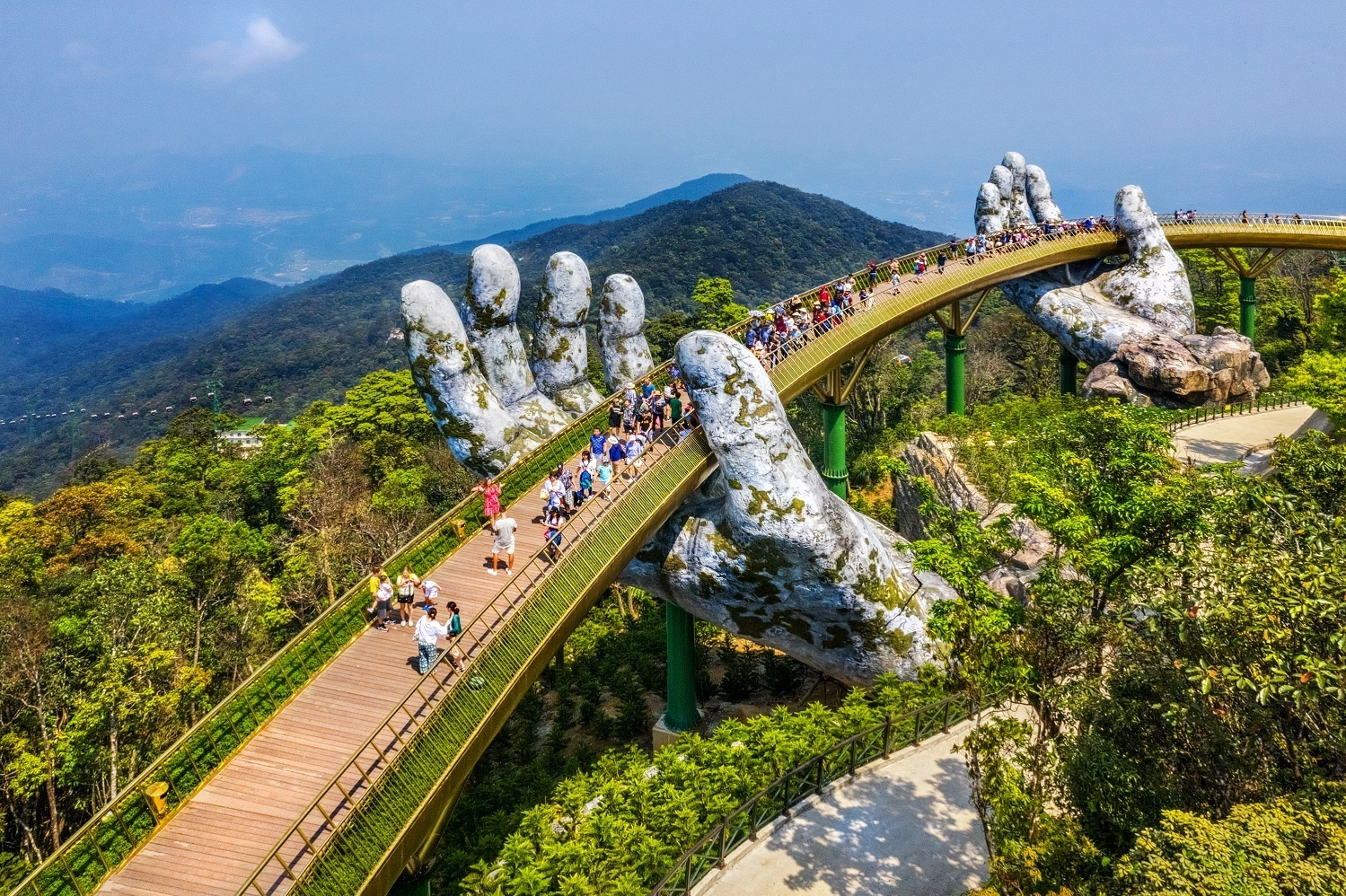 | Interesting Facts about the 10 Smallest Provinces and Municipalities in Vietnam Each province and municipality in Vietnam has its unique traits. Read on to find out what is so special about the 10 smallest provinces and ... |
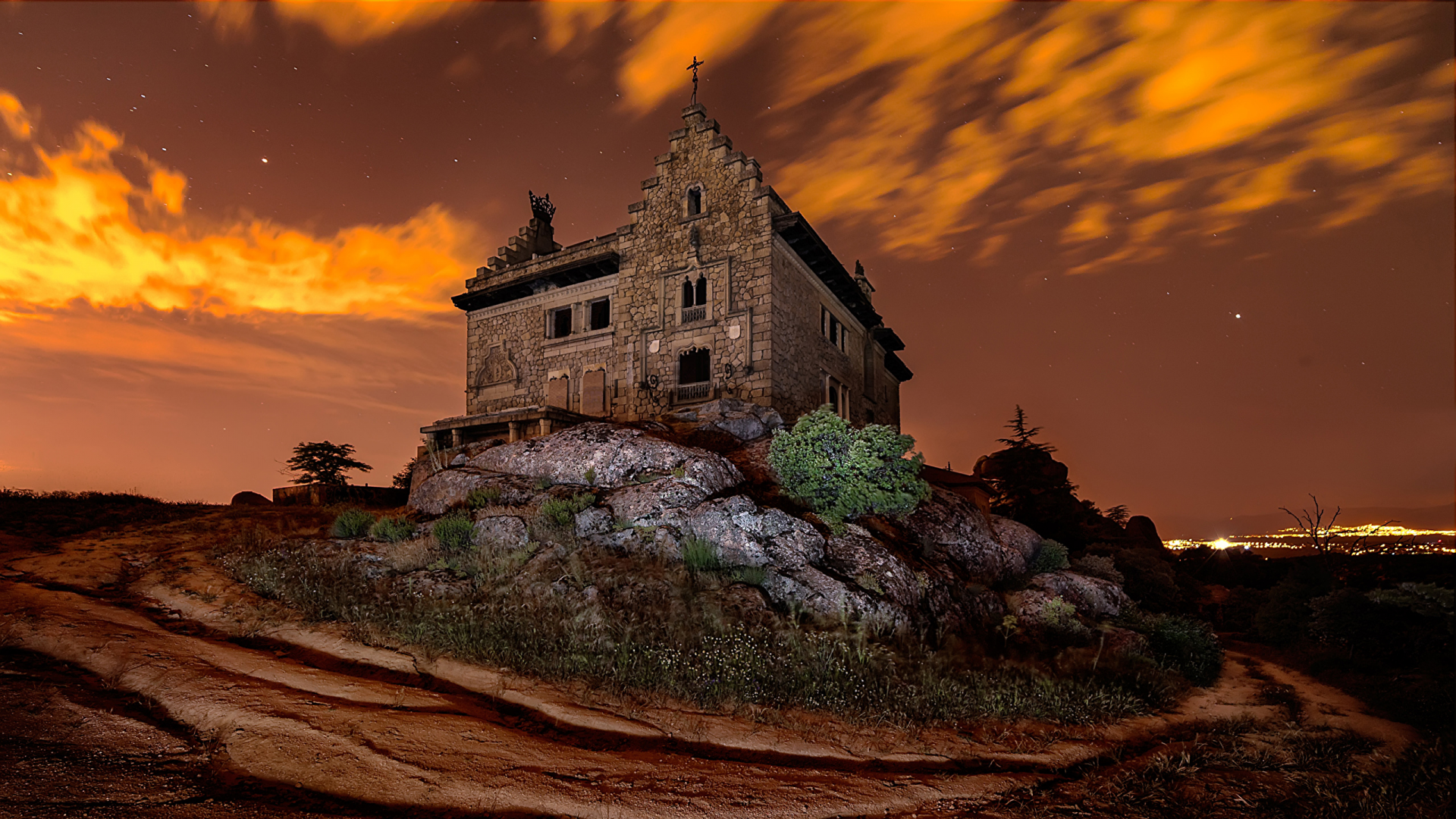 | Fascinating Remnants of Bygone Times Attract Tourists Around The World Each remnant has its own beauty and historical story of its time, which brings a feeling of astonishment and nostalgia to the tourists from all ... |
Recommended
 World
World
Pakistan NCRC report explores emerging child rights issues
 World
World
"India has right to defend herself against terror," says German Foreign Minister, endorses Op Sindoor
 World
World
‘We stand with India’: Japan, UAE back New Delhi over its global outreach against terror
 World
World
'Action Was Entirely Justifiable': Former US NSA John Bolton Backs India's Right After Pahalgam Attack
Popular article
 World
World
US, China Conclude Trade Talks with Positive Outcome
 World
World
Nifty, Sensex jumped more than 2% in opening as India-Pakistan tensions ease
 World
World
Easing of US-China Tariffs: Markets React Positively, Experts Remain Cautious
 World
World

